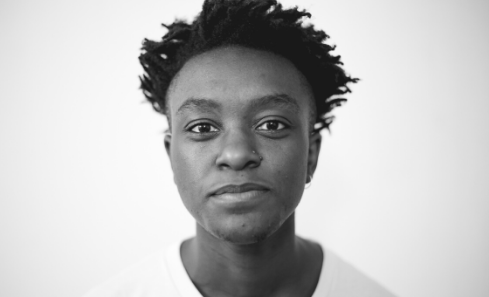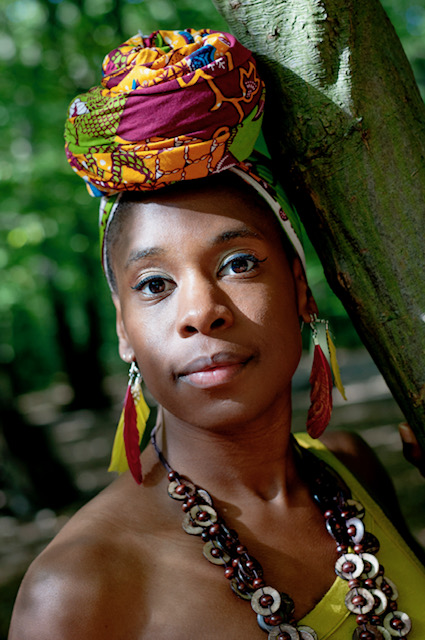From 4-8 March 2020, StAnza Festival transforms St Andrews into a celebration of poetry in all its forms. In fact, StAnza brings such diversity that it is described as a "cross-arts festival", featuring a range of innovative and diverse events that span far beyond traditional poetry readings.
Festival Director Eleanor Livingstone told us all about this year's festival, as well as the poetry landscape in Scotland today.
I’m looking forward to seeing how the poets invited as part of our Nordic language focus connect with our festival themes of Due North and Coast Lines.
Some of our projects for this year have engaged with climate crisis particular as it affect our seas and oceans, including workshops with schools where the children have written about plastic debris collected from the beaches of the Forth, Astrid Jaekel’s commissioned work Plastik (Kunst) and the digital installation from Matthew Caley, Trawl.
Our Friday night Centre Stage sees welcome return visits after many years by the American poet of witness, Carolyn Forche, who has just won a Human Rights prize for her work, and the Queens Medalist, Michael Longley. That event is already sold out and we’re arranging live streaming to another venue, so that should be a stunning evening.
Our other Centre Stage events feature another US poet but one not yet known to our audiences, D.A. Powell. We have been reading his work in our pre-festival book group and there’s now great anticipation for his visit, and similarly with Anthony Anaxagorou.
Jay Bernard was on our programme for three years in a row more than 10 years ago, as a poet, visual artist in residence, and exhibiting artist respectively, when they were just a student with a first pamphlet out. It’s wonderful to see how their talent has developed and been recognised since then and I am looking forward so much to seeing Jay again.
We have some great Spoken Word performers coming, and a fabulous final night celebration in music and poetry of Hamish Henderson, which should be a fabulous way to end the festival.

Image: Jay Bernard Credit: Joshua Virasami
Jay Bernard (FRSL FRSA) is a writer from London. Their work is interdisciplinary, critical, queer and rooted in the archive. They won the 2018 Ted Hughes Award for Surge: Side A, a cross-disciplinary exploration of the New Cross Fire in 1981.
Perhaps what has helped our success is that from the beginning, the festival included cross-arts engagements with visual art and music, and also with poetry in translation.
Ten years into the festival, we were setting up film and spoken word programmes as well; nowadays our cross-arts engagement includes visual, sound and digital installations, allowing us to engage with a wider audience, and keeping the festival fresh and diverse. Another way in which we’ve evolved has been how we present poetry in translation, gaining a reputation for being unusually successful in finding audiences for translated poets.
I attribute our success with that to us having been fortunate in having writers who are themselves translators of poetry as part of our team. They help us appreciate and value translation. So we are serious about translation, but also serious about allowing ourselves to be playful with translation, when it’s appropriate. We are also serious about ensuring that our audiences and volunteers feel that it’s their festival as much as it is ours.
We make it as inclusive as possible with lots of audience participation.

Image: Angie Strachan Credit: Bold Frank Photography
Glasgow-based poet Angie Strachan is a regular performer in the Scottish spoken word scene and was runner up in the 2019 Scottish Poetry Slam Championships.
Compared to the US, or even just to England, the Scottish poetry scene is much smaller, so we get the benefits of intimacy, but also the drawbacks, such as reviewers and poets reviewed often knowing each other. But though it’s small, the Scottish poetry scene is very varied. As well as diversities of form and style, we also have the benefit of multiple language traditions.
I like to see poetry as straddling an axis, formal/experimental as one and highbrow/light for the other.
For me a healthy poetry scene will see poets writing all across the resulting + axis. I hope we’ll always have some working at the extremes as well as plenty who are happy somewhere in the middle, but moving a bit from time to time.
If I don’t always understand the work being done at these extremes, that doesn’t matter, it’s important to know that poets are pushing in all directions, so that none of us get complacent. And anyway, it’s not necessary always to understand poetry to enjoy it.

Image: Robbie MacLeòid Credit: I Am Loud
Robbie MacLeòid is a poet and songwriter living in Edinburgh, with strong ties to the Isle of Barra. He writes and performs in both Gaelic and English.
Our Poetry Map of Scotland started as project for StAnza 2014 when we set ourselves to see if we could create the outline of Scotland with pins marking poems about various places.
It was hugely popular from the start, attracting poems from across the world as well as many from Scotland and the UK. We invited people to submit poems about a Scottish location which we could identify on the map, and we would then tag a link to the poem at that location on our map. The people submitting could come from anyplace but the poems had to be about Scotland.
We’ve had more than 300 poems submitted and most of them have been uploaded, but there are about 30 waiting to be added. At the start of the project we were adding poems regularly. Now we regard this as a long term resource and we add poems only occasionally, but hope to continue doing so for years to come.
I’ve tried not to be too restrictive in those I didn’t upload, sometimes because they didn’t come in a format I could work with, or maybe because they didn’t really seem related to a specific place in Scotland, rather than my judgement of the quality of the poetry, but generally the quality has been amazingly high for what was as open call project, and it has been fascinating to learn which places in Scotland most engage poets.
It’s not always as expected. I also learned a lot about the geography of Scotland, and enjoyed many hours studying maps to identify places which don’t have a post code, including looking for an ancient wall which crosses a Hebridean island (visible on Google Maps, the poet assured me), or “up the river a bit, where’s there a big boulder”.

Image: Birdspeed Credit: Naomi Woodis
British-born Barbadian-raised poet Birdspeed is known for her ability to weave an incredible display of poetry and movement. Her writing often includes a combination of social commentary and Caribbean culture and folklore.
Creative, diverse, inclusive.